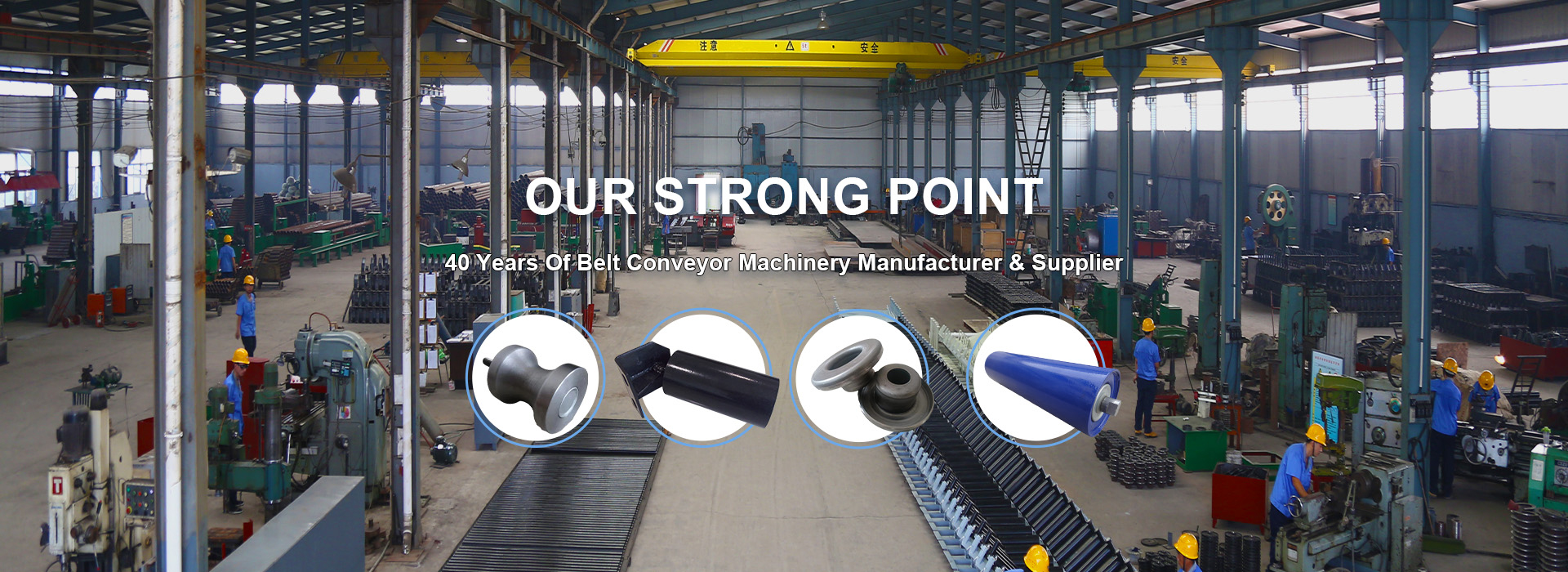 Afrikaans
Afrikaans  Albanian
Albanian  Amharic
Amharic  Arabic
Arabic  Armenian
Armenian  Azerbaijani
Azerbaijani  Basque
Basque  Belarusian
Belarusian  Bengali
Bengali  Bosnian
Bosnian  Bulgarian
Bulgarian  Catalan
Catalan  Cebuano
Cebuano  Corsican
Corsican  Croatian
Croatian  Czech
Czech  Danish
Danish  Dutch
Dutch  English
English  Esperanto
Esperanto  Estonian
Estonian  Finnish
Finnish  French
French  Frisian
Frisian  Galician
Galician  Georgian
Georgian  German
German  Greek
Greek  Gujarati
Gujarati  Haitian Creole
Haitian Creole  hausa
hausa  hawaiian
hawaiian  Hebrew
Hebrew  Hindi
Hindi  Miao
Miao  Hungarian
Hungarian  Icelandic
Icelandic  igbo
igbo  Indonesian
Indonesian  irish
irish  Italian
Italian  Japanese
Japanese  Javanese
Javanese  Kannada
Kannada  kazakh
kazakh  Khmer
Khmer  Rwandese
Rwandese  Korean
Korean  Kurdish
Kurdish  Kyrgyz
Kyrgyz  Lao
Lao  Latin
Latin  Latvian
Latvian  Lithuanian
Lithuanian  Luxembourgish
Luxembourgish  Macedonian
Macedonian  Malgashi
Malgashi  Malay
Malay  Malayalam
Malayalam  Maltese
Maltese  Maori
Maori  Marathi
Marathi  Mongolian
Mongolian  Myanmar
Myanmar  Nepali
Nepali  Norwegian
Norwegian  Norwegian
Norwegian  Occitan
Occitan  Pashto
Pashto  Persian
Persian  Polish
Polish  Portuguese
Portuguese  Punjabi
Punjabi  Romanian
Romanian  Russian
Russian  Samoan
Samoan  Scottish Gaelic
Scottish Gaelic  Serbian
Serbian  Sesotho
Sesotho  Shona
Shona  Sindhi
Sindhi  Sinhala
Sinhala  Slovak
Slovak  Slovenian
Slovenian  Somali
Somali  Spanish
Spanish  Sundanese
Sundanese  Swahili
Swahili  Swedish
Swedish  Tagalog
Tagalog  Tajik
Tajik  Tamil
Tamil  Tatar
Tatar  Telugu
Telugu  Thai
Thai  Turkish
Turkish  Turkmen
Turkmen  Ukrainian
Ukrainian  Urdu
Urdu  Uighur
Uighur  Uzbek
Uzbek  Vietnamese
Vietnamese  Welsh
Welsh  Bantu
Bantu  Yiddish
Yiddish  Yoruba
Yoruba  Zulu
Zulu use of snub pulley in belt conveyor
The Use of Snub Pulleys in Belt Conveyors
Belt conveyors are integral components in many industrial processes, utilized for the efficient transportation of materials over various distances. One crucial element in the design and operation of belt conveyors is the snub pulley. This specialized pulley plays a pivotal role in enhancing the performance, durability, and reliability of belt conveyors, contributing to their overall efficiency.
What is a Snub Pulley?
A snub pulley is a type of pulley that is positioned in such a way that it increases the wrap angle of the conveyor belt around the drive pulley. Typically, it is located just before or after the drive pulley, and its primary purpose is to ensure that the belt maintains tension and traction as it moves around the drive system. By creating additional contact between the belt and the drive pulley, the snub pulley significantly enhances the belt's grip, improving its ability to convey materials effectively.
Benefits of Using Snub Pulleys
1. Increased Tension and Friction One of the primary advantages of snub pulleys is their ability to increase the belt tension. This is crucial in preventing slip, particularly under high load conditions. The snub pulley contributes to a better frictional grip between the belt and the drive pulley, thereby optimizing the power transmission and enhancing the overall performance of the conveyor system.
2. Improved Belt Life By promoting proper tension and reducing slippage, snub pulleys help to minimize wear and tear on the belt. This translates to extended service life for the conveyor belt, reducing the frequency of replacements and associated downtime. Over time, the cost savings from increased belt life can be substantial for operations relying on continuous material handling.
use of snub pulley in belt conveyor

3. Enhanced Stability and Control Flexibility in the positioning of snub pulleys allows engineers to create more stable and predictable conveyor systems. The added tension helps in reducing vibrations and oscillations, which might otherwise lead to misalignment issues or conveyor instability. This stability is particularly important in applications where precision is crucial, thus contributing to safer and more efficient operations.
4. Adjustable Tension Snub pulleys are often designed to be adjustable, allowing operators to fine-tune the tension in the conveyor belt based on operational needs. This flexibility can be particularly advantageous in dynamic environments where load conditions might change frequently.
5. Support for Inclined Conveyors In inclined belt conveyor systems, the risk of material rollback is a significant concern. Snub pulleys can help maintain the necessary belt tension, ensuring that even when the conveyor is positioned at an angle, the belt remains securely in place.
Application in Various Industries
The versatility of snub pulleys makes them applicable across a wide range of industries. In mining and aggregate industries, for example, snub pulleys support the effective transport of heavy materials, enabling smooth operations. In manufacturing settings, they assist in the movement of products along production lines, contributing to assembly efficiency. Similarly, in warehouses and distribution centers, snub pulleys help facilitate the swift movement of goods, thereby streamlining logistics.
Conclusion
In summary, the inclusion of snub pulleys in belt conveyor systems is a strategic design choice that enhances operational efficiency. By improving tension, minimizing wear, and providing stability, snub pulleys are critical for the longevity and effectiveness of conveyor systems. As industries continue to evolve and demand for efficient material handling increases, the role of snub pulleys will remain significant, reflecting the ongoing need for reliable and efficient transportation solutions in various operational contexts. Their ability to optimize conveyor performance not only conserves resources but unarguably contributes to the overall productivity and success of industrial operations.
-
Wing Pulley Conveyor for Conveyor Belt MaintenanceNewsJun.16,2025
-
Self Cleaning Spiral Idler for Conveyor DesignNewsJun.16,2025
-
Pulley Lagging for Conveyor Belt AlignmentNewsJun.16,2025
-
Impact Idlers Used in Belt Conveyor for PerformanceNewsJun.16,2025
-
Ceramic Lagging Conveyor Pulley for Conveyor Belt SystemsNewsJun.16,2025
-
Belt Conveyor Idler for Heavy-Duty ApplicationsNewsJun.16,2025





























